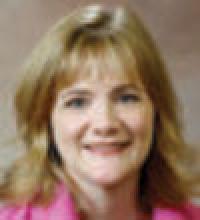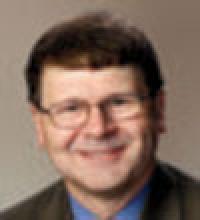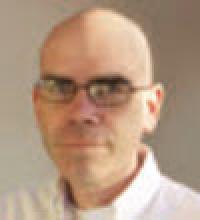When The Journal of Family Practice asked family physicians across the country whether access to primary care was a serious problem in their communities, the answer was a unanimous Yes. Each of the physicians we interviewed is taking steps to increase access. But all agree that the problems contributing to the growing crisis—including a shrinking pool of primary care physicians (PCPs)—are too big to be solved without a national policy shift.
“Physicians owe so much by the time they finish medical school that unless reimbursement is substantially increased, deciding on primary care will be a very difficult decision to make,” says KAROL DAVIS, MD, a family physician (FP) at Heartland Primary Care in Kansas City, Kan.
Karol Davis, MD, Heartland Primary Care, Kansas City, Kan
STANLEY KOZAKOWSKI, MD, director of the Hunterdon Medical Center Family Medicine Residency in Flemington, NJ, echoes Davis’s concern. “We need to address the inequities between the earnings of primary care and non-primary care physicians,” he says, adding that by some accounts, what’s needed is an increase in PCP salaries in the order of 60%.
Stanley Kozakowski, MD, Hunterdon Medical Center Family Medicine Residency, Flemington, NJ
But money is neither the sole problem, nor the sole solution. An advocate of the patient-centered medical home, Kozakowski would end the “hamster wheel model” of practice—in which PCPs squeeze more and more patients into shorter and shorter time slots, but can never catch up. To enable FPs to partner with and coordinate care for their patients, he maintains, “We need to redesign our system to support an advanced primary care model.” In the model he envisions, a PCP’s panel might be closer to 1000 than 2300.
That’s in sharp contrast to the 3300-patient panel of DAVID SWITZER, MD. An FP with Page Healthcare Associates in rural Luray, Va, Switzer has spent the last 12 years in this community, a designated primary care shortage area. “As the population ages and fewer doctors go into primary care,” he says, “the problem is only going to get worse.”
David Switzer, MD, Page Healthcare Associates, Luray, Va
Improving access, 1 practice at a time
While Switzer agrees that “as a society, we need to figure out ways to make it more attractive for physicians to enter primary care disciplines,” he also believes—as do the other FPs we spoke to—that increasing access is the responsibility of individual physicians, too.
With that in mind, his rural practice added 1 full-time and 1 half-time physician a year ago. That increased access in terms of “warm bodies,” Switzer notes, “but we were hampered by space constraints because we had no additional exam rooms.” The solution? The practice instituted staggered schedules, which resulted in opening up earlier in the morning and remaining open a little later in the day.
To further improve access, Switzer and his colleagues implemented an open-access scheduling system. “That has certainly made us more accessible than the conventional scheduling system we previously used,” he acknowledges. “But when you’re limited in terms of capacity, as we are, open access can only go so far.”
If Switzer is not counting on health care reform to fix the PCP access problem, he is hopeful that the recent affliation of his employer, Page Memorial Hospital, with a larger regional health system will make the group more attractive to recruits over the next year or 2. “We now have access to capital to expand the office space, which will help increase our capacity,” he says. Equally helpful is the hospital’s new “convenient care” clinic, adjacent to the emergency department (ED), where patients can go for after-hours care at primary care—not ED—prices.
Heartland Primary Care in Kansas City runs its own urgent care clinic, which is open until 8 pm during the week and until 2 pm on Saturdays and Sundays. Although Davis rotates with several other physicians and nurse practitioners (NPs) in the practice (she works 1 evening a week and 1 weekend a month), after-hours care outside of the hospital is not the norm in their area.
“We routinely see patients at the clinic who have their own PCP, but their doctors close their doors at the end of the day and tell them if they’re sick to go to the ED or to our urgent care clinic, “Davis says. Those who choose the clinic, according to Davis, fare considerably better, in terms of convenience as well as costs: “We’ve gotten the wait down to a point where it’s usually less than 20 minutes,” she says. “At the ED down the street, I’m told, patients can wait as long as 3 hours.”




